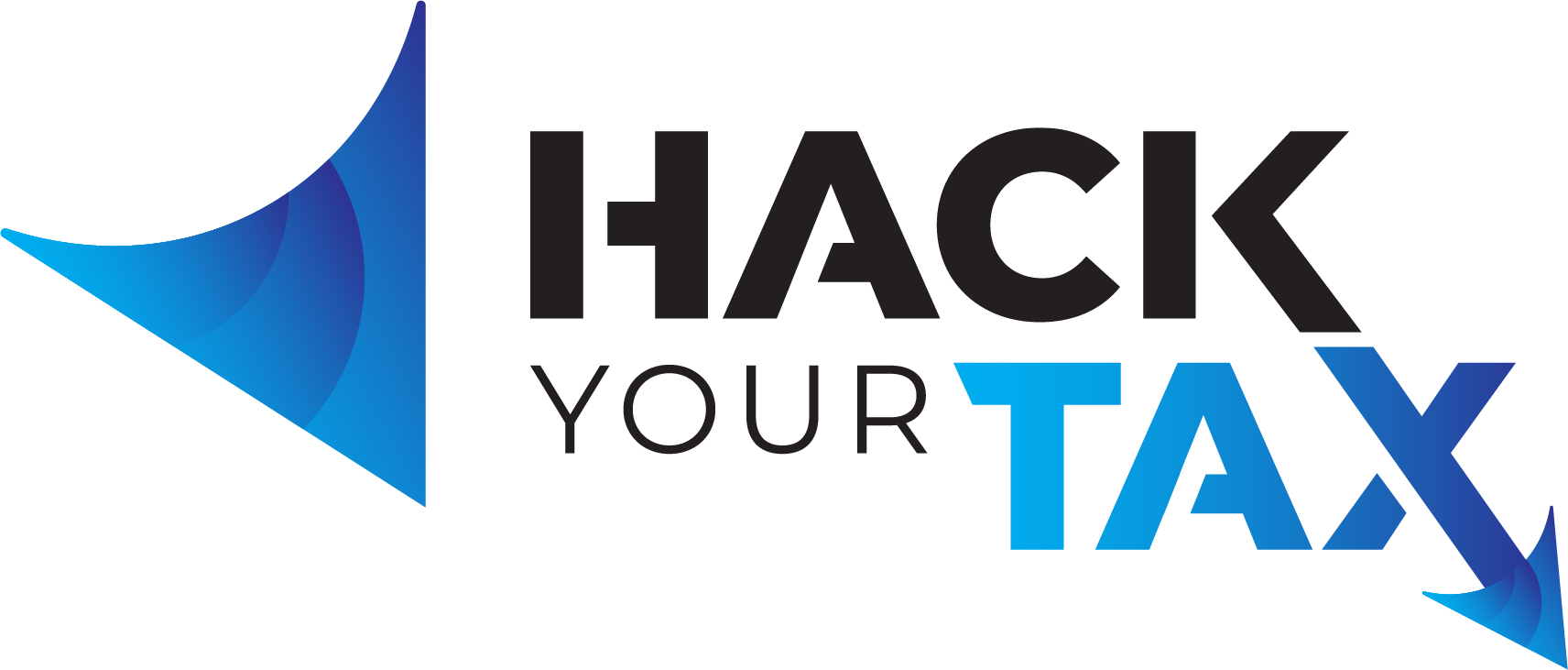501(c) Business Subsections: Prepare Yourselves for 2018 Challenges
501(c) business subsections face challenges in 2018 with unknowns and certainties of change resulting from the Tax Cuts and Job Act of 2017 and the IRS’s energized 2018 FY Work Plan.
What is a 501(c) business?
Specifically, 501(c) is a subsection of the U.S. Internal Revenue Code relating to non-profit organizations and tax law and identifies which nonprofit organizations are exempt from paying federal income tax. A 501(c) business operates under specific sections that define their operations.
Defining 501(c) business subsections
Currently, there are 29 type designations or types of organizations listed. Most common are:
- 501(c)(1) – Any corporation organized under an act of Congress including Federal Credit Unions
- 501(c)(2) – Title-holding corporation of property for exempt organizations
- 501(c)(3) – Corporations, funds or foundations that operate for religious, educational, charitable, scientific literary, testing for public safety, fostering national or internationa amateur sports competitions, or prevention of cruelty to children or animals organizations
- 501(c)(4) – Organizations that promote civic leagues, social welfare organizations and local association of employees
- 501(c)(5) – Labor, agricultural and horticultural associations
- 501(c)(6) – Business leagues, chambers of commerce, real estate boards, etc.
- 501(c)(7) – Social and recreational clubs
- 501(c)(8) – Fraternal beneficiary societies and associations
Although many people assume that donating to a 501(c) entity qualifies the donation as a deductible contribution, this is not true. Of these most common 501(c)s, only three of the above qualify for your contribution to be deductible, one is a “no, generally,” and the other four are not deductible. IRS Publication 557 (Rev. January 2018)
What is the FY2018 Work Plan?
The Tax-Exempt and Government Entities (TE/GE) division of the IRS writes a fiscal year work plan for the coming year based on the previous year’s findings. Each year, their work plan identifies critical areas of examination and, due to their own budget restraints, how to do the work most efficiently.
Sunita Lough, Commissioner, TE/GE, prefaced their FY2018 Work Plan highlighting their enthusiasm and determination to have a successful year with 501(c) business subsections:
We enter Fiscal Year 2018 as a more cohesive and efficient division
than we were even a year ago, and we remain grounded in the same
values and vision we started with in January 2014. Continuous
improvement, data-driven decision making, risk management, employee engagement and knowledge management continue to be the foundation of our work. Yes, we’ve come a long way, yet there’s a consistent thread running through these years in terms of our strategy to refine, realign and improve. So now here we are at FY 2018, positioned to implement some exciting changes.
The TE/GE is confident in their data and poised to zero in on specific areas of documented non- compliance and target those offending organizations for IRS audit. They actually seem to be very proud of themselves.
What does this mean to 501(c) business subsections?
Generally, it means these business entities have been raising and waving red flags long enough to really get the attention of the IRS. As the TE/GE follows the red flags, look at some of the white letterings on flags your 501(c) might be waving:
- We filed the Form 990-N
- We operated as a for-profit entity in the past, but now operate as a 501(c)(3)
- We show signs of inurement, which means using income or assets to directly or indirectly unduly benefit an individual or private entity with a close relationship or ability to exercise significant control over the organization
- We show signs of having overstated deductions and understating income so, please, IRS, check for tax gaps
If your 501(c) has any of these flags, there is cause for you to worry about being flagged for impending IRS audit.
What to be aware of with 501(c) business subsections
The survival of your 501(c) could be at stake. You have several things to worry about:
- The IRS is gunning for 501(c)s through the TE/GE
- The Tax Cuts and Jobs Act of 2017 has made charitable donations less attractive deduction-wise
- Lower state and local funding
- Changes in Facebook fundraising platform
- Depending on your specific non-profit, probably more things
What’s the bottom line?
The IRS, through their Tax Exempt and Government Entities division, have a well-defined and goal-oriented FY 2018 Work Plan. Do you?
If you have never consulted with a CPA tax professional, now is definitely the time to start. Don’t go up against the IRS alone, and don’t continue any further into 2018 without your own 2018 FY Work Plan. 501(c) business subsections can get confusing, especially for those new to business and to nonprofits, whether as owner, board member or volunteer. Get some help before getting too involved.
We establish and maintain a personal and business relationship with our clients. Your LIFE is your business and your BUSINESS is your life, and we’re here for YOU.
Call us at 479-668-0082. Use my Calendy Page (it’s easy) to set an appointment or email us.


